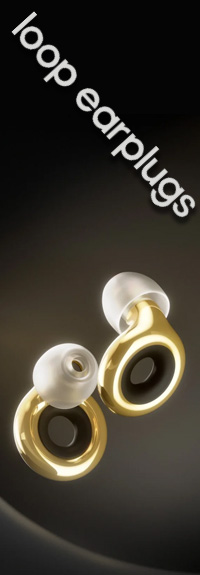NASA Hears Something Weird In Space
NASA’s Goddard Space Flight Center in Greenbelt, Md., announced the discovery of cosmic radio noise is six times louder than what the scientists expected.

A team led by Alan Kogut discovered the radio noise via a balloon-housed instrument dubbed ARCADE, which stands for the Absolute Radiometer for Cosmology, Astrophysics, and Diffuse Emission. In July 2006, the instrument launched from NASA’s Columbia Scientific Balloon Facility in Palestine, Texas, and flew to an altitude of 120,000 feet, where the atmosphere thins into the vacuum of space. ARCADE’s mission was to search the sky for heat from the first generation of stars. Instead, it found a cosmic puzzle.
Detailed analysis ruled out an origin from primordial stars or from known radio sources, including gas in the outermost halo of our own galaxy. The source of this cosmic radio background remains a mystery. Many objects in the universe emit radio waves. In 1931, American physicist Karl Jansky first detected radio static from our own Milky Way galaxy. Similar emission from other galaxies creates a background hiss of radio noise. The problem, notes team member Dale Fixsen of the University of Maryland at College Park, is that there don’t appear to be enough radio galaxies to account for the signal ARCADE detected. Hence, the puzzle.
More information on NASA’s ARCADE.








